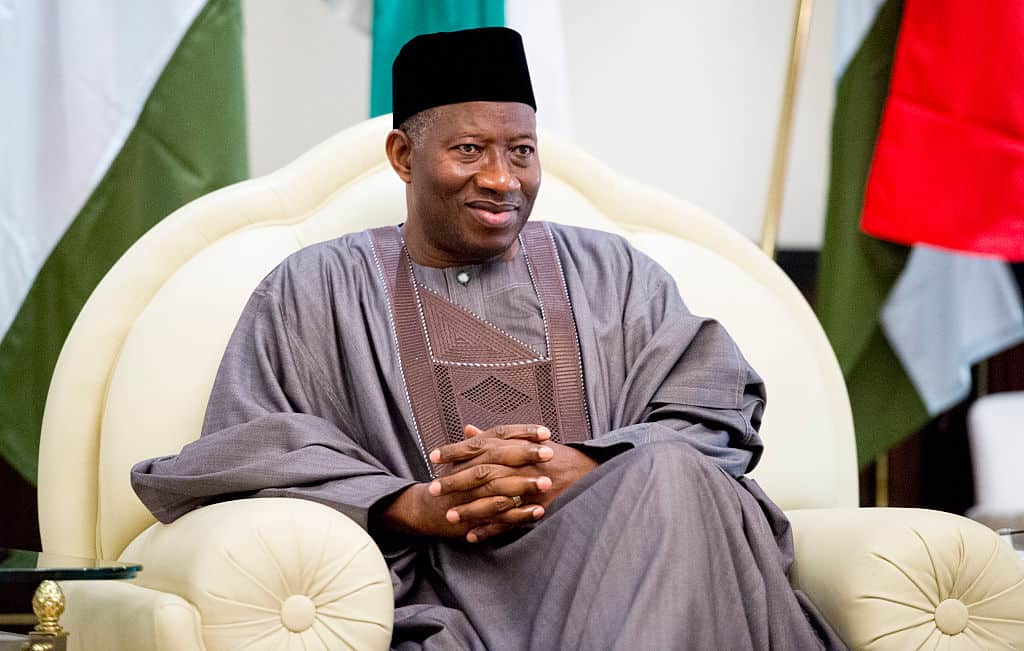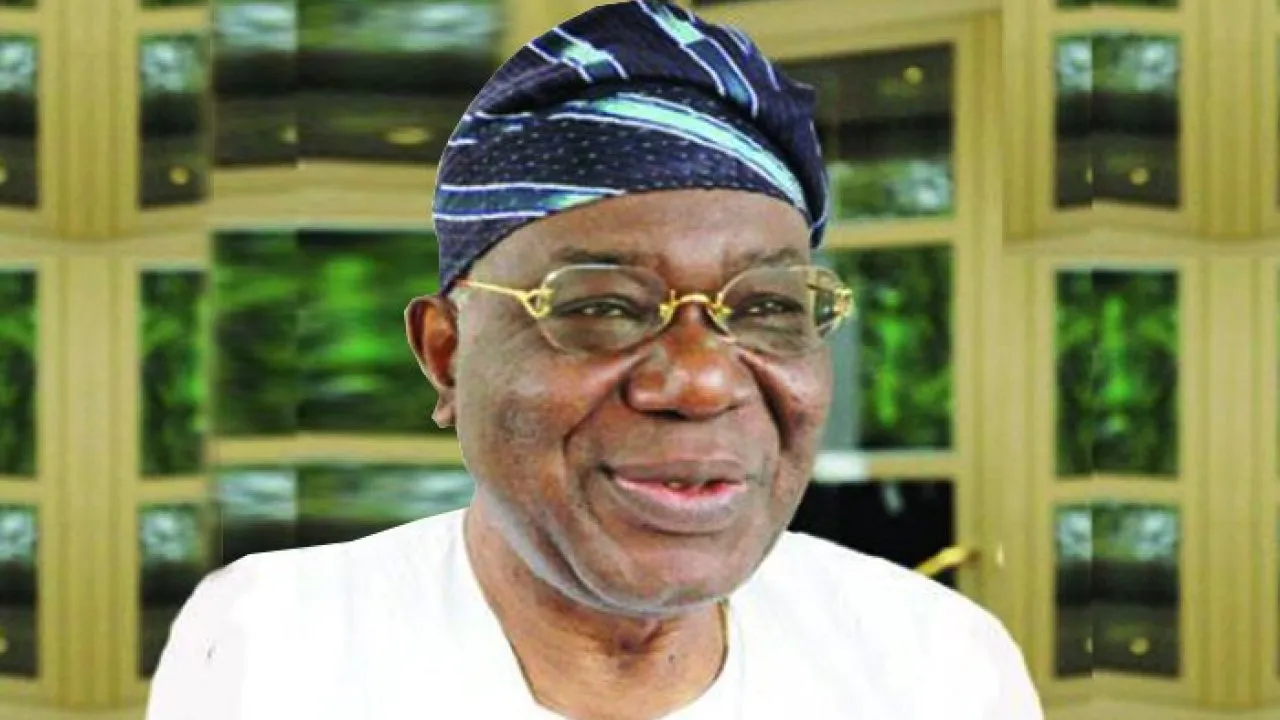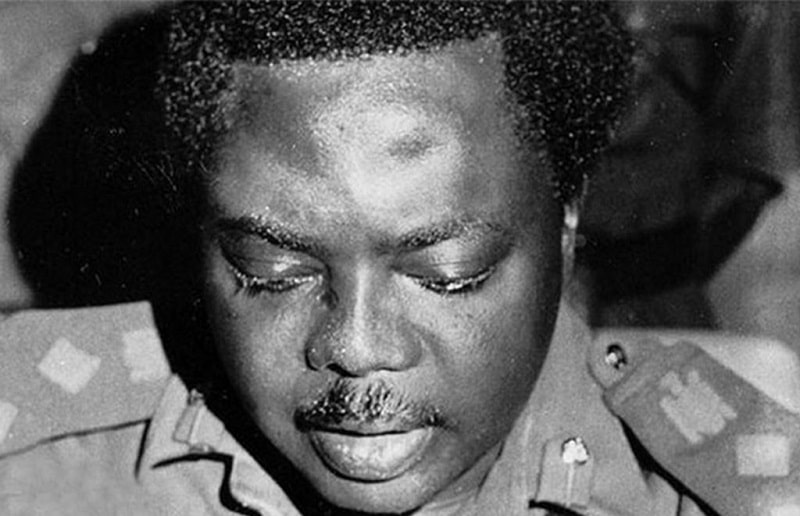President Goodluck E. Jonathan (Former President – (2010-2015)
President Goodluck E. Jonathan - 14th president of Nigeria

President Goodluck Ebele Jonathan was the President of Nigeria from 2010 to 2015. He was born on November 20, 1957, in Otueke, Bayelsa State, Nigeria. He was the first President of Nigeria from the Niger Delta region and was known for his humility and down-to-earth personality. Goodluck Jonathan served as the 14th president of Nigeria following the death of President Yar’Adua and ended on 29 May 2015.
| List | President’s Information |
|---|---|
| Name | Goodluck Ebele Jonathan |
| Date of Birth | November 20, 1957 |
| Age | 65 years (as of 2023) |
| Ancestral Home | Otuoke, Bayelsa State, Nigeria |
| Native Language | Ijaw |
| School Attended | University of Port Harcourt, University of Cambridge (Ph.D.) |
| Career & Occupation | Zoologist, Politician |
| Military Rank | None (Civilian President) |
| Height | Approximately 1.75 meters |
| Known As | GEJ (Goodluck E. Jonathan) |
| Citizenship | Nigerian |
| Residence | Yenagoa, Bayelsa State, Nigeria |
| Religion | Christianity |
| Wife’s Name | Patience Jonathan |
| Children’s Name | Faith, Ariwera, and Aruabai Jonathan |
| Assumed Presidential Office | May 6, 2010 |
| Left Presidential Office | May 29, 2015 (5 years in office) |
| Political Party | People’s Democratic Party (PDP) |
Related: Namadi Sambo – 13th Vice President of Nigeria (2010 to 2015)
Goodluck Ebele Jonathan’s Early Life and Career
President Goodluck Ebele Jonathan obtained a degree in Zoology from the University of Port Harcourt in 1981 and later pursued a Masters’s degree in Hydrobiology and Fisheries Biology at the same institution. He then proceeded to the University of Sussex in the United Kingdom, where he obtained a Ph.D. in Zoology in 1995.
Goodluck’s Political Career and Achievements
President Goodluck Ebele Jonathan’s political career began in 1999 when he was appointed as the Deputy Governor of Bayelsa State. He later became the Governor of the state in 2005, following the impeachment of his predecessor, Diepreye Alamieyeseigha. In 2007, he was elected as the Vice President of Nigeria on the ticket of the People’s Democratic Party (PDP) under President Umaru Musa Yar’Adua.
Following the death of president Yar’Adua in 2010, Jonathan was sworn in as the President of Nigeria on May 6, 2010. During his tenure as President, he implemented several reforms aimed at improving the country’s economy and tackling corruption. He also oversaw the implementation of several infrastructure projects, including the construction of new roads, railways, and power plants.
Goodluck’s Presidential years

One of the major achievements of Jonathan’s administration was the successful conduct of the 2011 general elections, which were widely regarded as free and fair. The elections marked the first time in Nigeria’s history that an incumbent president lost an election to an opposition candidate. Jonathan was also credited with implementing several electoral reforms aimed at promoting transparency and fairness in the electoral process.
President Goodluck Ebele Jonathan’s administration was, however, criticized for its handling of the Boko Haram insurgency, which began in 2009. The terrorist group carried out a series of attacks on government buildings, churches, and schools, killing thousands of people and displacing millions. Despite several efforts to curb the insurgency, the group continued to carry out attacks throughout Jonathan’s tenure as President.
In 2015, Jonathan ran for re-election under the banner of the PDP but was defeated by Muhammadu Buhari of the All Progressives Congress (APC). The election was widely regarded as free and fair, and Jonathan conceded defeat, a move that was applauded both nationally and internationally.
After leaving office, Jonathan remained active in public life, serving as a mediator in several African countries’ conflicts. He also founded the Goodluck Jonathan Foundation, an organization aimed at promoting peace, democracy, and sustainable development in Africa.
Additional Facts About Goodluck Ebele Jonathan
- His political career began with his election as a local government chairman in Ogbia Local Government Area in 1998.
- Jonathan was elected Deputy Governor of Bayelsa State in 1999 under Governor Diepreye Alamieyeseigha.
- He became Governor of Bayelsa State in 2005 after Alamieyeseigha’s impeachment.
- Jonathan served as Vice President of Nigeria from 2007 to 2010 under President Umaru Musa Yar’Adua.
- He became Acting President in February 2010 due to Yar’Adua’s illness and was confirmed as President following Yar’Adua’s death on May 5, 2010.
- Jonathan was officially elected President in his own right in April 2011 and served until May 29, 2015.
- His government made investments in education, including the establishment of more universities and educational programs.
- Jonathan ran for re-election in 2015 but was defeated by Muhammadu Buhari.
- Jonathan has authored several books, including “My Transition Hours,” which details his experiences during his presidency.




